Growing Peas From Sowing to Harvest 💚💚💚💚 and Butterfly Peas
How to Grow and Care for Butterfly Peas in your Garden
The Butterfly Pea is fast growing climber is a fairly common tender perennial species that produces two inch, pinkish blue flowers in mid to late summer.

They provide quick covers for lattice, trellis, arbor and chain-link fence, and are a favorite food source for butterflies.
Read in Full 👇
http://www.thegardenhelper.com/clitoria.htm

Blue Tea: Unbelievable Health Benefits Of This Butterfly Pea Flower Infusion
The impressive nutritional profile of blue tea makes it a wonderful weight loss beverage, as well as a refreshing drink to cool the body, when served chilled. Being naturally caffeine-free and a completely herbal concoction, blue tea just like Green Tea is also a powerhouse of antioxidants. It contains significant amounts of the catechin EGCG – epigallocatechin gallate, as well as a host of anti-inflammatory and immune-boosting components such as flavonoids, tannins and polyphenols.
Read in Full to Learn More

HOW TO CARE FOR LAVENDER IN WINTER ~ OVERWINTERING LAVENDER INDOORS AND OUTDOORS
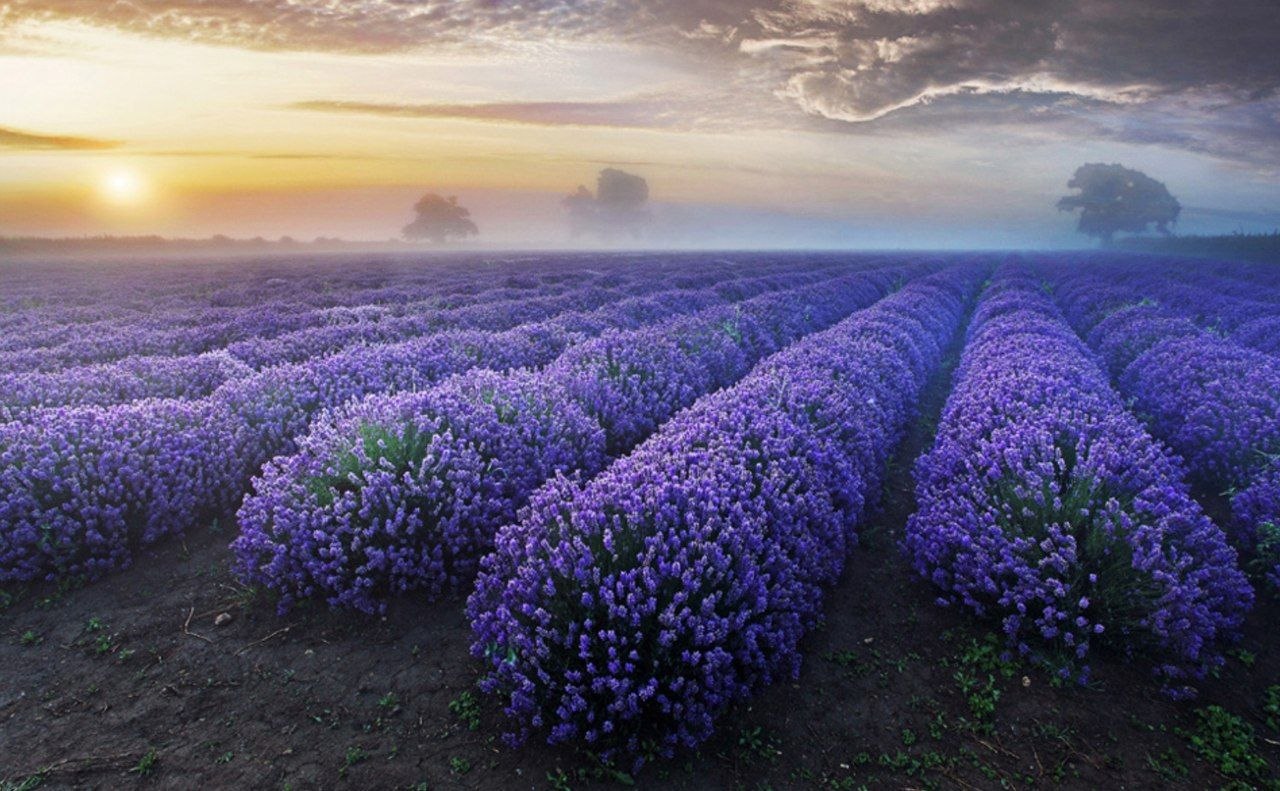
Every spring, I try very hard to resist the siren call of the half-hardy lavenders. I curse the garden centers that offer these plants knowing full well they will not survive the winter in my area! If you’ve succumbed to the lavender allure, here’s how to keep these aromatic gems alive over the winter so you can enjoy them again next summer.
Read in Full👇
https://www.almanac.com/news/gardening/gardening-advice/lavender-winter-care#
Preparing Your Garden for Winter ❀

PREPARING YOUR GARDEN FOR WINTER
OVERWINTERING PLANTS & OTHER FALL GARDENING TASKS

See our list of fall chores to prepare your garden for winter—and ensure a beautiful and vibrant spring! We’ve covered vegetables, herbs, berries, perennials, roses, trees, and shrubs. ✿
See Also
HOW TO OVERWINTER YOUR PLANTS AND GARDEN
Asclepias tuberosa ~ Milkweed ~ Butterfly Weed :) How to Grow
Uses ~ Butterfly gardens, meadows, prairies, or naturalized/native plant areas. Also effective in sunny borders. Whether massing plants in large drifts or sprinkling them throughout a prairie or meadow, butterfly weed is one of our showiest native wildflowers.
Asclepias tuberosa is a species of milkweed native to eastern North America. It is a perennial plant growing to 0.3–1 metre (1 ft 0 in–3 ft 3 in) tall, with clustered orange or yellow flowers from early summer to early fall. The leaves are spirally arranged, lanceolate, 5–12 cm long, and 2–3 cm broad.
This plant favors dry, sand or gravel soil, but has also been reported on stream margins. It requires full sun.
It is commonly known as butterfly weed because of the butterflies that are attracted to the plant by its color and its copious production of nectar. It is also the larval food plant of the Queen and Monarch butterflies. Hummingbirds, bees and other insects are also attracted.
See more photos here:
https://commons.wikimedia.org/wiki/Category:Asclepias_tuberosa
Sometimes called pleurisy root, butterfly weed (Asclepias tuberosa) is a perennial wildflower grown for its showy, reddish-orange flower clusters and textured, lanceolate leaves. It thrives throughout U.S. Department of Agriculture plant hardiness zones 4 to 10, where it is frequently added to butterfly gardens and native plant landscaping. Butterfly weed grows well from seeds, which must be harvested in late summer and sown after a lengthy chilling process. The seeds are viable and will germinate with little care, although they must be planted at the appropriate depth to ensure successful sprouting.
http://homeguides.sfgate.com/plant-butterfly-weed-seeds-45536.html
How to Plant Pleurisy Root Tubers
http://homeguides.sfgate.com/plant-pleurisy-root-tubers-99653.html
How to Grow Butterfly Weed in Your Garden
http://organicgardening.about.com/od/flowers/a/How-To-Grow-Butterfly-Weed-In-Your-Garden.htm
Culture and more informational links about plant 🙂
Easily grown in average, dry to medium, well-drained soils in full sun. Drought tolerant. Does well in poor, dry soils. New growth tends to emerge late in the spring. Plants are easily grown from seed, but are somewhat slow to establish and may take 2-3 years to produce flowers. Mature plants may freely self-seed in the landscape if seed pods are not removed prior to splitting open. Butterfly weed does not transplant well due to its deep taproot, and is probably best left undisturbed once established.
http://www.missouribotanicalgarden.org/PlantFinder/PlantFinderDetails.aspx?kempercode=b490
This showy plant is frequently grown from seed in home gardens. Its brilliant flowers attract butterflies. Because its tough root was chewed by the Indians as a cure for pleurisy and other pulmonary ailments, Butterfly Weed was given its other common name, Pleurisy Root. Although it is sometimes called Orange Milkweed, this species has no milky sap.
http://www.wildflower.org/plants/result.php?id_plant=ASTU
Butterflyweed is a prairie plant with bright orange flowers and a long bloom time making it a nice plant to have around the garden. Flowers come in waves from June to early September on older plants. The way it grows it ends up looking like a bush. So far I’ve had plants go to three feet four inches, taller than advertised in the Park Seed catalog. It will bloom late the first year if started early and given enough sun. Some nurseries offer it in yellow. Some catalogs call it butterfly plant or butterfly flower because they don’t want to say “weed”. Butterflyweed is not the same thing as butterfly bush (Buddleia).
Monarch butterflies lay their eggs on these plants so by growing some you end up increasing the butterfly population. Butterflies also favor the nectar found in the flowers.
http://www.dontveter.com/howtogrow/ascltube.html
Mulch for the winter to prevent frost heaving. Plants need excellent drainage to overwinter. Plants are slow to emerge in spring.
http://www.gardening.cornell.edu/homegardening/scene6c17.html
- Serves as Host and Nectar plant
- Popular nectar source for many butterflies
- Attracts a wide range of beneficial pollinators
- Summer Blooming Plant
- Not considered invasive
- The thick, rugged leaves present a good place for chrysalis formation
- Make a nice cut flower for your home
- Deer resistant
Calliandra Californica ~ Baja Fairy Duster
If you enjoy the antics of hummingbirds, be sure to include a few Baja red fairy dusters in your garden. Their bright red, tufted flowers provide year around color and nectar, although the showiest displays are from spring through fall. Baja red fairy duster has ferny green foliage, and an open irregular form that lends itself well to natural landscapes. Mature plants might reach a size of 4 to 6 feet tall and wide. Baja red fairy duster can be used in full sun or part shade, and is tolerant of most soil types. Temperatures below 20° F can cause some twig damage. Any shaping or pruning should be done in the late spring,but be careful not to overdue it, as heavy pruning will inhibit flower production!
Baja fairy duster (Calliandra californica) is a must have for the desert garden. There is so much to love about this shrub.
Welcome to Ramblings From a Desert Garden…
Calliandra californica (Baja fairy duster), is an evergreen, woody shrub which is native to Baja California, Mexico. In Spanish, the plant is also known vernacularly as tabardillo, zapotillo or chuparosa. The flowers, which appear in early summer, have clusters of red stamens. The shrub is usually between 0.6 and 1.8 metres in height and has bipinnate leaves. The leaves have been described as “fern-like.” Leaves close at night time.
C. californica is cold tolerant to temperatures of 22 degrees Fahrenheit, though its roots will tolerate temperatures as low as five degrees Fahrenheit. It grows best in full sun. C. californica is very drought tolerant, needing only 10 inches of water every year. However, additional watering will encourage C. californica to bloom through summer and again in the fall.
Propagation of C. californica is done through “acid scarification” or vegetative cutting. Seed pods from this plant look like “snow peas” and when ripe, they explode. The pods are flat and about 2 inches long. After ejecting seeds, the curled open pods remain attached to the plant for some time.
C. californica attracts both bees and hummingbirds.
Along with many other legumes and leadworts (Plumbago), it is a host plant for the Marine Blue caterpillar (Leptotes marina).
In landscaping, it is suggested that C. californica is used in borders or foreground plantings, as an island accent or even in containers.
As a member of the pea family, Baja fairy duster fertilizes itself, so no fertilizer or soil amendments are needed for this relatively fuss-free shrub.
How to Grow a Calliandra Fairy Duster
Cure the Winter Blues with a Window Garden :)

Chase away the winter blues with an indoor window garden …. Read Here
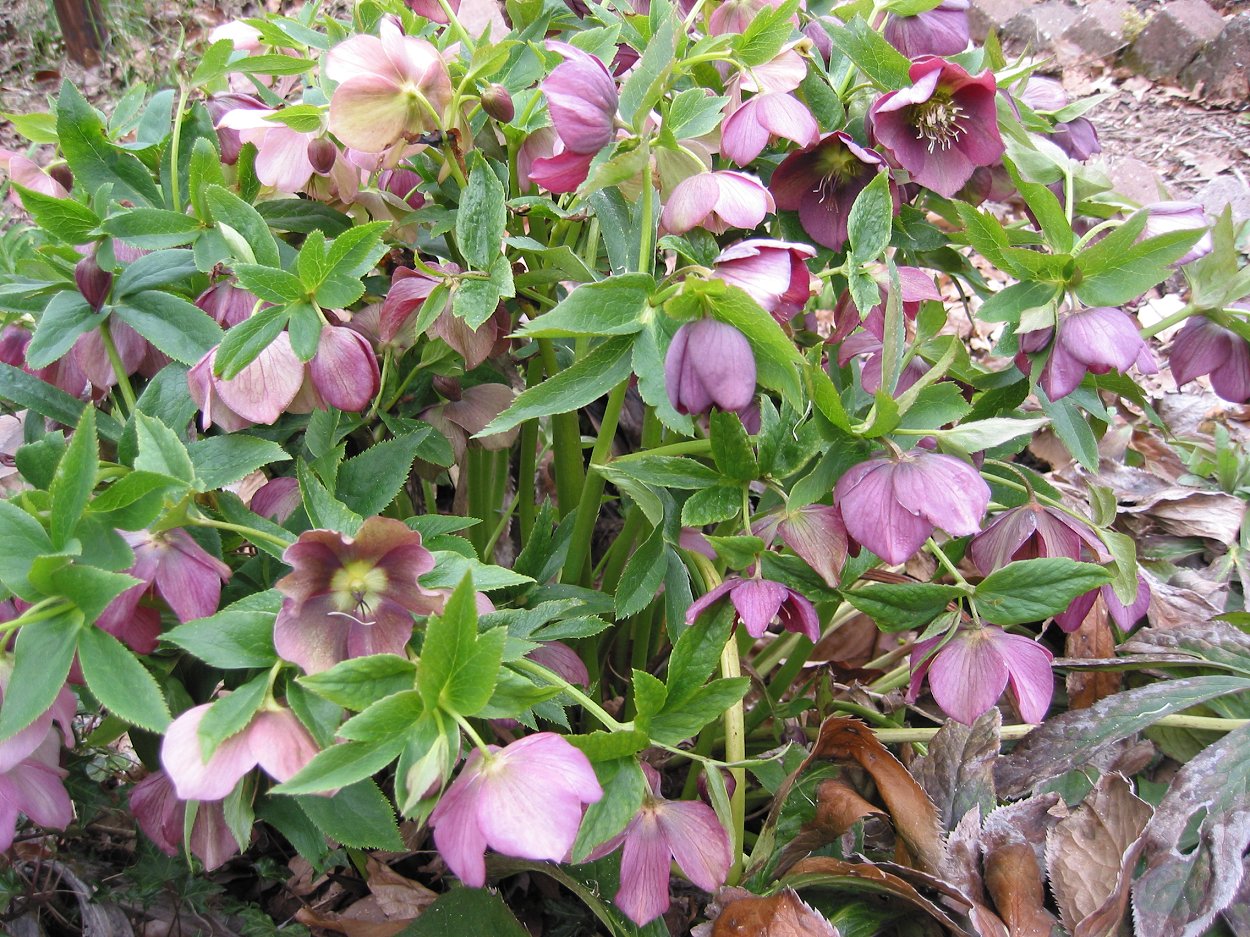
Growing Guide Helleborus (Hellebore, Lenten Rose)
Commonly known as hellebores /ˈhɛlɨbɔərz/, the Eurasian genus Helleborus comprises approximately 20 species of herbaceous or evergreen perennial flowering plants in the family Ranunculaceae, within which it gave its name to the tribe of Helleboreae. The scientific name Helleborus derives from the Greek name for H. orientalis, ἑλλέβορος helléboros, from elein “to injure” and βορά borá “food”. Many species are poisonous. Despite names such as “winter rose”, “Christmas rose” and “Lenten rose”, hellebores are not closely related to the rose family
Winter Project 🙂
Fall Gardening: How to Grow Cold Weather Vegetables

If you’ve already done the work of digging and prepping garden beds for spring and summer, why not make use of that space for nutritious veggies this fall? With a little effort, you can harvest garden goodies well into winter—even in snow!
What You Can Grow: Cold-Weather Vegetables
Most garden greens and plenty of hardy veggies will thrive in cold weather, and many are actually sweetened by autumn’s dipping temperatures. Some cold-hardy plants, such as kale, mâche and spinach, will still be sending out tender, new leaves when it’s snowing outside. Root crops such as beets and carrots store well throughout the winter, providing four seasons of fresh flavor.
[ Read in Full Here @ Mother Earth Living ]
If you think winter gardening involves months of eating kale, think again. A wide variety of garden vegetables tolerate freezing just as well as, and some even better than, most kale varieties.
On my quest to select the top vegetables for winter gardening, I invited three other gardeners from around North America to share their favorites, based on their experiences growing in winter. All of these gardeners grow in colder climates than my own here in the Kentucky mountains (zone 6b), so if you think growing in winter is out of your reach, I hope you’ll be inspired to give it a try.
[ 10 Vegetables More Cold-Hardy than Kale ]
Cool-weather vegetable crops are a gardener’s best friend, although many people are still unfamiliar with them. Many of the vegetables grown in summer gardens actually do better in cooler weather when the average temperature is 50 to 70 degrees Fahrenheit; light frost can actually improve some cool-season crops.
[ When to Plant a Cool-Weather Vegetable Garden ]
Related ~ What Are Cool Season Veggies
If you think that autumn is the time to stop gardening think again! Bulb-planting time!
Fall-planted bulbs produce the first blooms of next year’s season. The bulbs spend the winter making roots and come up early in the spring.
Tips for Planting Bulbs
- In the fall, you’ll find bulbs to purchase everywhere! Make sure you buy your bulbs from a reputable nursery, garden center, or catalog. Second-rate bulbs product second-rate flowers or don’t sprout at all.
- Plant anytime before the ground freezes. In the lower South, where you may not have hard freeze, early November is a good time to plant.
- See the chart below for type of bulbs by hardiness zone. In the warmer South, note that some bulbs need to be treated as annuals instead of perennials (e.g., tulips); they’ll bloom once and then they’re done. Still, they are a beautiful sight to behold and worth it! Other bulbs (e.g., daffodils) will act as perennials and come up year after year.
- For inspiration, visit our Flower Guides which include many common bulbs.
- Ideally, plant your bulbs soon after you purchase them.
- Select a site with lots of sun and well-drained soil. Work a few inches of compost in the soil.
- Plant bulbs generously in case some do not sprout. And plant them in random order and spacing for a more natural appearance. If you love groves of daffodils and blanketed landscapes of tulips, be prepared to buy and plant a large quantity of bulbs!
- In general, plant bulbs at a depth of three times the width of the bulb.
- After planting, apply fertilizer low in nitrogen, such as a 9-6-6 formulation. If your soil’s sandy, plant bulbs slightly deeper; in clay soils, slightly shallower.
- Water well after planting. Apply mulch to keep the weeds down and hold in moisture.
- Do you have voles or chipmunks? Consider planting your bulbs in a “cage” fashioned with chicken wire.
Flower Bulbs : How to Thin Iris Bulbs ~ Iris Plant Care Guide
How to Divide Bearded Irises
Bearded irises tend to become crowded every two to three years and cease to produce good blooms. Division and transplanting allows the clump to rejuvenate and also provides a way to multiply your iris. It isn’t difficult to do, but it is important to do it at the right time of year to ensure that the iris benefits most from the division.
The best time to plant or transplant iris is after flowering through August. Iris are one of the few perennials to transplant during the hottest part of the year. Established plantings of iris should be divided every 3-4 years or whenever the clump becomes crowded or when flowering decreases.
How to Plant and Grow Bearded Iris (contributions by Jim Morris)
Bearded irises are relatively easy garden plants to grow and will give good results with a minimum of care, but like all plants, the better the culture the more magnificent the display. The following instructions are easy to implement and should lead to beautiful iris blooms year after year.
Iris Variety and Plant Care Guide Here @ Auntie’s
Rudbeckia hirta ~ Black Eyed Susan Plant Care Guide
Rudbeckia hirta, commonly called black-eyed Susan, is a species of flowering plant in the family Asteraceae, native to the Eastern and Central United States. It is one of a number of plants with the common name black-eyed Susan. Other common names for this plant include: brown-eyed Susan, brown Betty, gloriosa daisy, golden Jerusalem, Poorland daisy, yellow daisy, and yellow ox-eye daisy.
It is the state flower of Maryland.
The plant also is a traditional Native American medicinal herb in several tribal nations; believed in those cultures to be a remedy, among other things, for colds, flu, infection, swelling and (topically, by poultice) for snake bite (although not all parts of the plant are edible).
Parts of the plant have nutritional value. Other parts are not edible.

Botanical name: Rudbeckia hirta and other species
Plant type: Flower
USDA Hardiness Zones: 3, 4, 5, 6, 7, 8, 9
Sun exposure: Full Sun, Part Sun
Flower color: Red, Orange, Yellow
Bloom time: Summer, Fall
Black-eyed Susans (Rudbeckia hirta) are native to North America and one of the most popular wildflowers grown. They tend to blanket open fields, often surprising the passer-by with their golden-yellow beauty.
Members of the sunflower family, the “black eye” is named for the dark brown-purple centers of its daisy-like flower heads. The plants can grow to over 3 feet tall, with leaves of 6 inches, stalks over 8 inches long and flower diameter of 2 to 3 inches.
Butterflies, bees and a variety of insects are attracted to the flowers for the nectar. As they drink the nectar, they move pollen from one plant to another, causing it to grow fruits and seeds that can move about easily with the wind.
These plants bloom from June to October. Note that they can be territorial in that they tend to squash out other flowers growing near them.
Black-eyed Susans are good for cut flowers; they also work well for borders or in containers.
Planting
- Black-eyed Susans when the soil temperature has reached 70 degrees F for best seed germination. In many parts of North America, the planting period is March to May. The flower will flower June to September. Germination takes 7 to 30 days.
- Plant seeds in moist, well-drained soil.
- These hearty flowers really enjoy the Sun. They prefer full sun, though they’ll grow in partial sun.
- Sow by seed in loosely covered soil.
- It’s best if soil is fertile (not poor) though they can tolerate tough conditions.
- Black-eyed Susans generally grow between 1 and 3 feet tall (though they can grow taller) and can spread between 12 to 18 inches, so plant seeds closer to prevent lots of spreading or plant further apart to make a nice border.
Care
- Check your plants regularly to see if they need watering. Make sure they don’t dry out.
- Divide perennial types every 3 to 4 years to ensure healthy plants and to prevent excessive spreading.
- Be sure to remove faded/dead flowers to prolong blooming.
- You can cut back black-eyed Susans after they flower and a second, smaller bloom may occur in late fall.
Pests
- These plants are susceptible to powdery mildew fungi, so begin an organic antifungal program if the lower leaves turn brown and twisted.
- Slugs and snails
- Aphids
- Powdery mildew
- Rust
- Smut
- Leaf spots
Harvest/Storage
After the first season, black-eyed susans can reseed themselves!
Recommended Varieties
- Becky Mixed, which offers a variety of colors for your garden, such as lemon-yellow, golden-yellow, dark red, and reddish-brown.
- Sonora, which has bright yellow flowers.
- Toto, which is a dwarf type and ideal for containers.
Special Features
- Attracts Butterflies

Rudbeckia hirta
Rudbeckia hirta L.
Black-eyed Susan, Common black-eyed Susan, Brown-eyed Susan
Asteraceae (Aster Family)
Synonym(s):
USDA Symbol: RUHI2
USDA Native Status: L48 (N), AK (I), CAN (N)
This cheerful, widespread wildflower is considered an annual to a short-lived perennial across its range. Bright-yellow, 2-3 in. wide, daisy-like flowers with dark centers are its claim-to-fame. They occur singly atop 1-2 ft. stems. The stems and scattered, oval leaves are covered with bristly hairs. Coarse, rough-stemmed plant with daisy-like flower heads made up of showy golden-yellow ray flowers, with disk flowers forming a brown central cone.
This native prairie biennial forms a rosette of leaves the first year, followed by flowers the second year. It is covered with hairs that give it a slightly rough texture. The Green-headed Coneflower (R. laciniata) has yellow ray flowers pointing downward, a greenish-yellow disk, and irregularly divided leaves.
More …
Care of a Black Eyed Susan Plant
Fairy Spuds :) Claytonia virginica ~ Edible Spring Wildflowers

“Claytonia virginica 2 Radnor Lake” by Kaldari – Own work. Licensed under Public Domain via Wikimedia Commons
Claytonia virginica (L.), the Eastern spring beauty, Virginia spring beauty, or fairy spud, is an herbaceous perennial in the family Portulacaceae. Its native range is Eastern North America. Its scientific name honors Colonial Virginia botanist John Clayton (1694–1773).
Spring beauty is found in the Eastern temperate deciduous forest of North America. It is noted for its abundance throughout many parts of its range, especially in forests. The plant can be found throughout many different habitat types including lawns, city parks, forests, roadsides, wetlands, bluffs, and ravines.
This plant has been used medicinally by the Iroquois, who would give a cold infusion or decoction of the powdered roots to children suffering from convulsions. They would also eat the raw roots, believing that they permanently prevented conception. They would also eat the roots as food,[13] as would the Algonquin people, who cooked them like potatoes. Spring beauty corms along with the entire above ground portion of the plant are safe for human consumption.
Our most widely distributed early spring flower. Flower stalks bear several flowers branching from the main stem; flowers with 2 sepals that fall off as the flower opens; 5 petals, white (sometimes pink) with distinct pink veining; 5 pink stamens. Blooms February–May. Leaves 1 or 2 basal and 1 opposite pair on stems, narrow, lanceolate, tapering to a sessile base, dark green, sometimes purplish, fleshy. Root a rounded corm.

“Claytonia virginica, Fox Chapel, 2015-04-18, 01” by Cbaile19 – Own work. Licensed under CC0 via Wikimedia Commons
Size:
Height: about 5 inches during flowering; about twice that tall later.
Habitat and conservation:
Found, often in abundance, in open woods, fields, valleys, suburban lawns, and sometimes rocky ledges. This species is also called the Virginia spring beauty, picking up on the scientific name, as well as “fairy spud,” for the edible corms, which resemble tiny potatoes.
Distribution in Missouri:
Statewide.
Human connections:
This well-named plant provides a bounty of beauty in the woods as well as in open areas and yards. The potato-like corms (“fairy spuds”) and the leaves are edible, and naturally Native Americans knew this well before today’s wild-foods enthusiasts.
Ecosystem connections:
This and other tender plants that emerge in early spring provide a welcome dietary boost for many animals, from insects to birds to mammals. Other plants in the purslane family include the garden favorite “moss rose,” and the bitterroot flower of the Rocky Mountains.
Fairy Spud Cultivation
Cultivation: The preference is dappled sunlight during the spring, moist to slightly dry conditions, and a rich loamy soil with abundant organic matter. This wildflower will adapt to semi-shaded areas of lawns if mowing is delayed during the spring. Both the flowers and foliage fade away by mid-summer. The easy way to start plants is by obtaining their corms, although these are expensive to buy from nurseries.
Range & Habitat: The native Spring Beauty is a common wildflower that occurs in every county of Illinois (see Distribution Map). Habitats include moist to dry deciduous woodlands, savannas, thinly wooded bluffs, city parks, old cemeteries, and lawns (particularly near trees). Less often, this species is found in mesic prairies, but it is primarily a woodland plant. Spring Beauty can survive more environmental degradation than most spring-blooming woodland species, including occasional grazing by cattle and partial clearing of trees. This is one reason why it is still common.

“Flickr – Nicholas T – Pink Striae” by Nicholas A. Tonelli from Pennsylvania, USA – Pink Striae. Licensed under CC BY 2.0 via Wikimedia Commons
The Spring Beauty, also Springbeauty, is a longtime standard for foragers. They are abundant in some areas, rare in others. Thus forage with some local consideration. True to its name the attractive wild flower is a sign of spring and easy to recognize from other spring blossoms. The white to pink petals have pink stripes, sometimes pale, sometimes bright, but pink stripes nonetheless. Each blossom also only has two sepals (leaves right under the blossom.) Lower leaves are strap-like varying in size and width. The plant grows small roots that remind people of tiny potatoes, hence the nickname “Fairy Spuds.” At least one botanist said you can eat them “but their small size makes this rather impractical.” Famous forager Euell Gibbons clearly would disagree.
Perhaps no other wildflower announces the new season as fervently as the spring beauty … here






















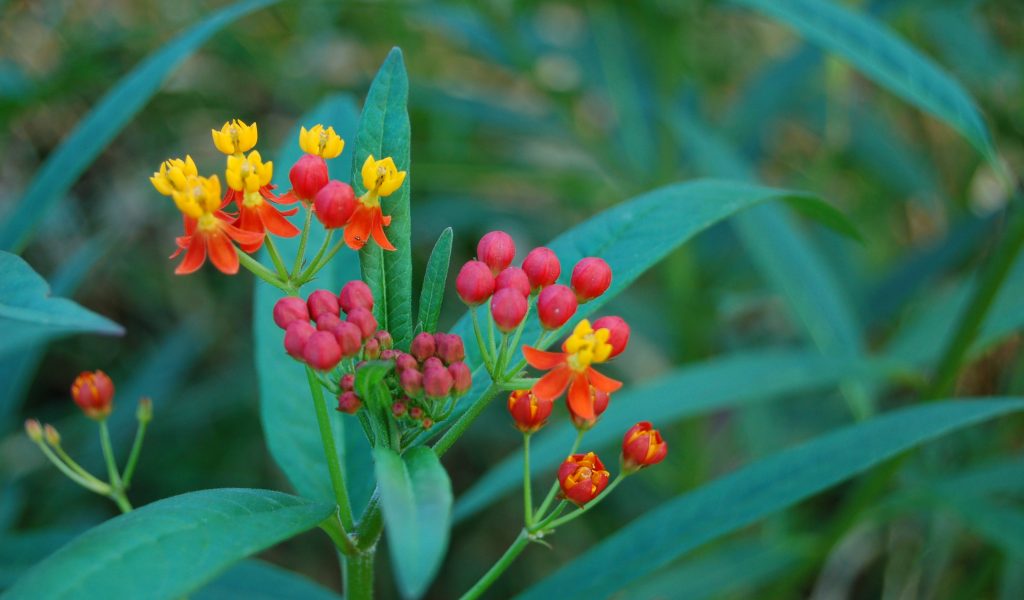

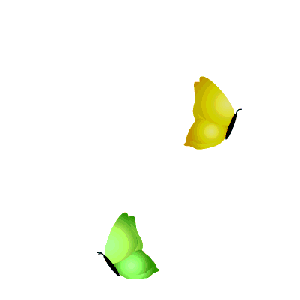



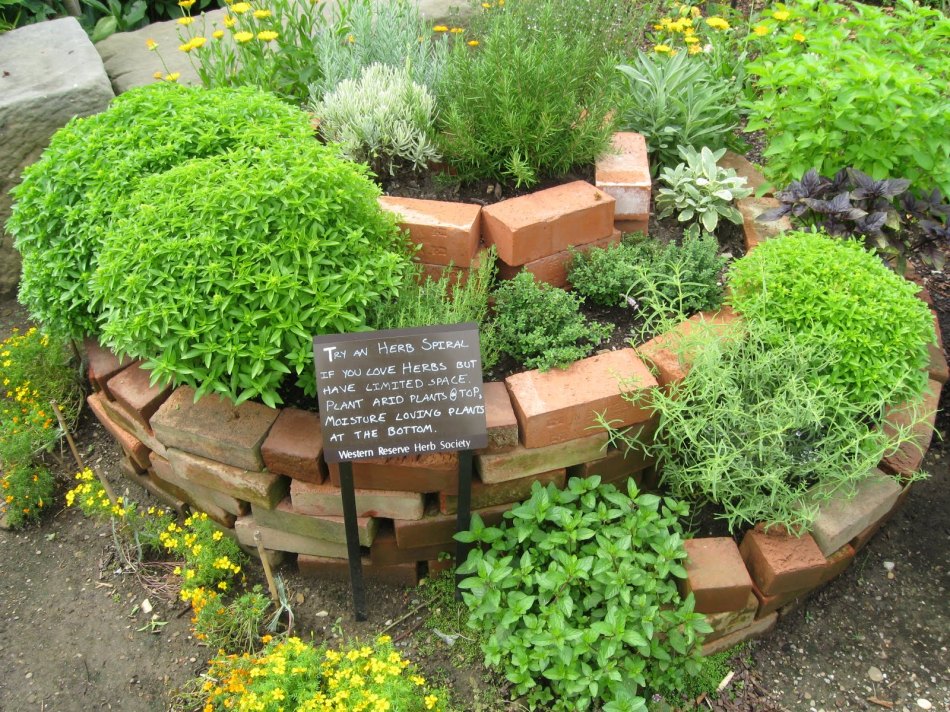

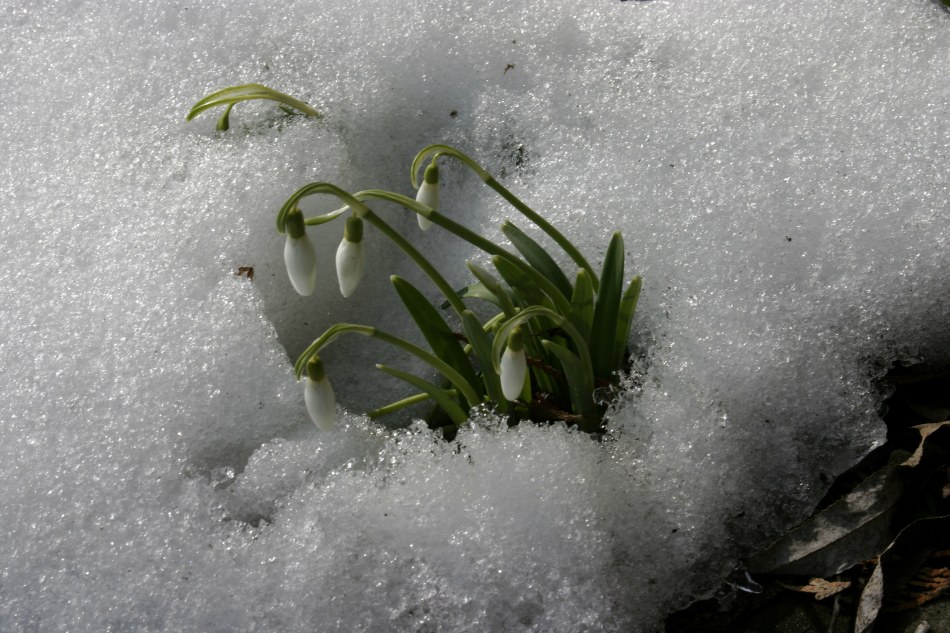











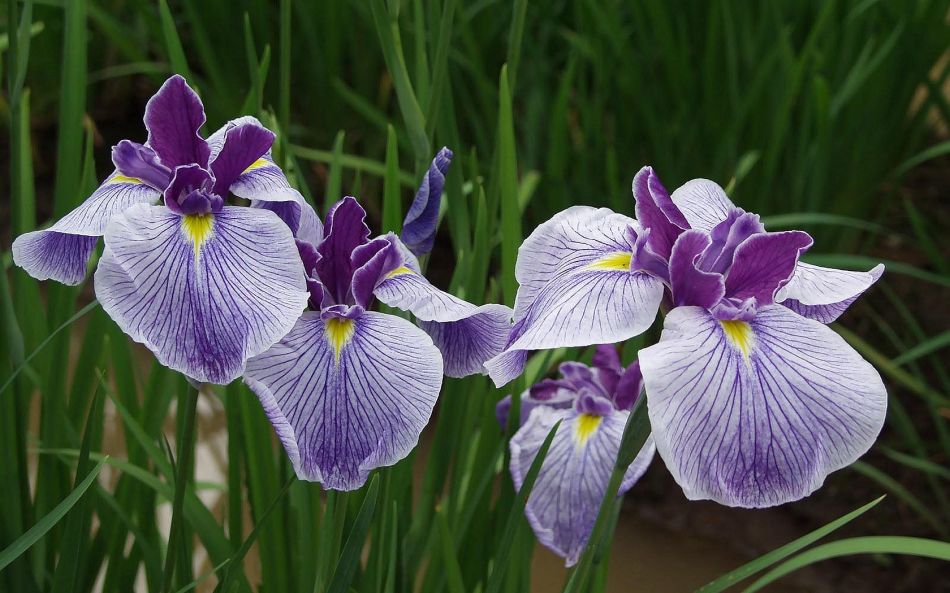




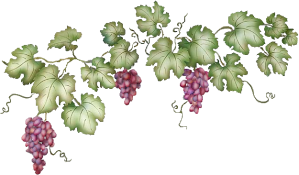




Recent Comments